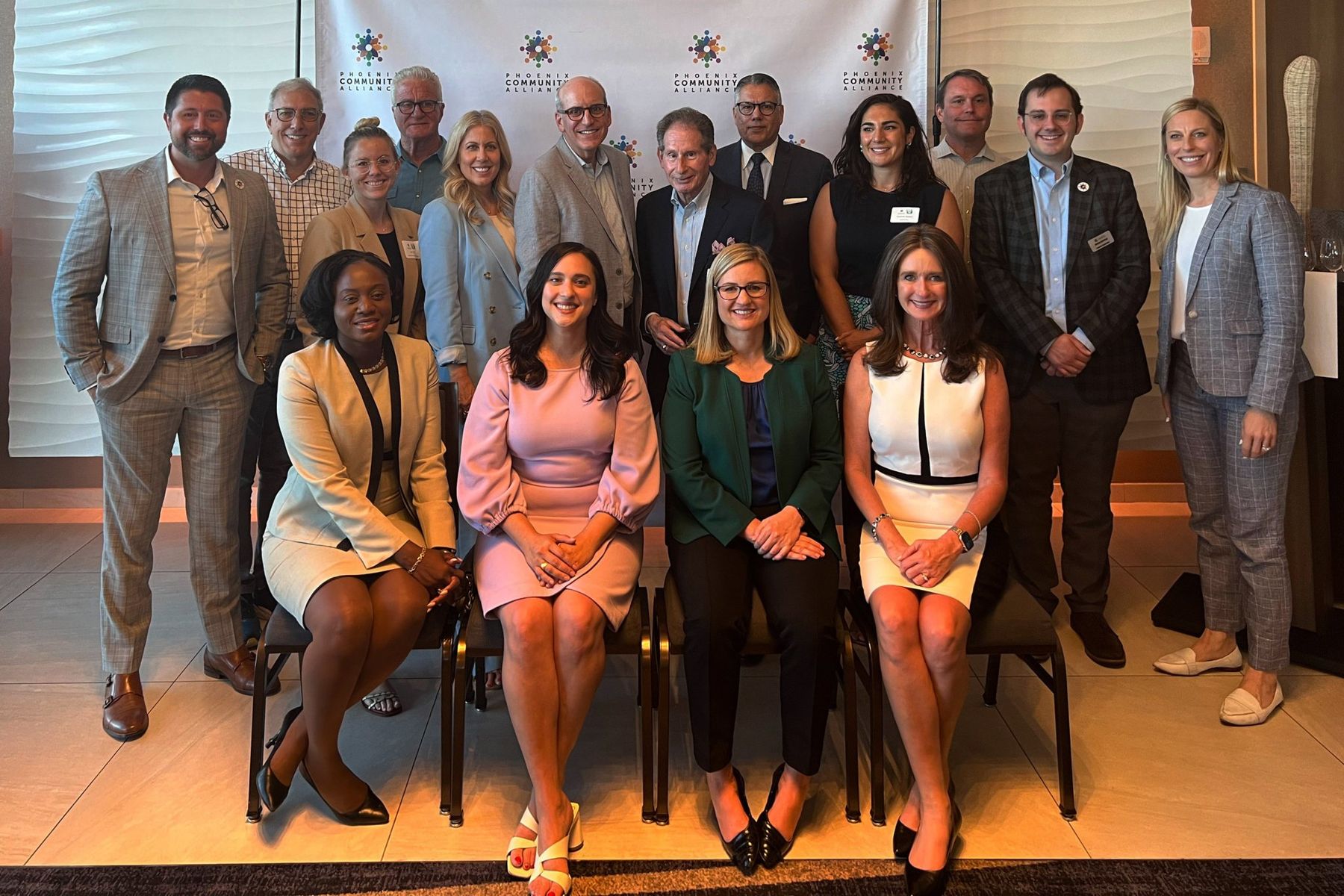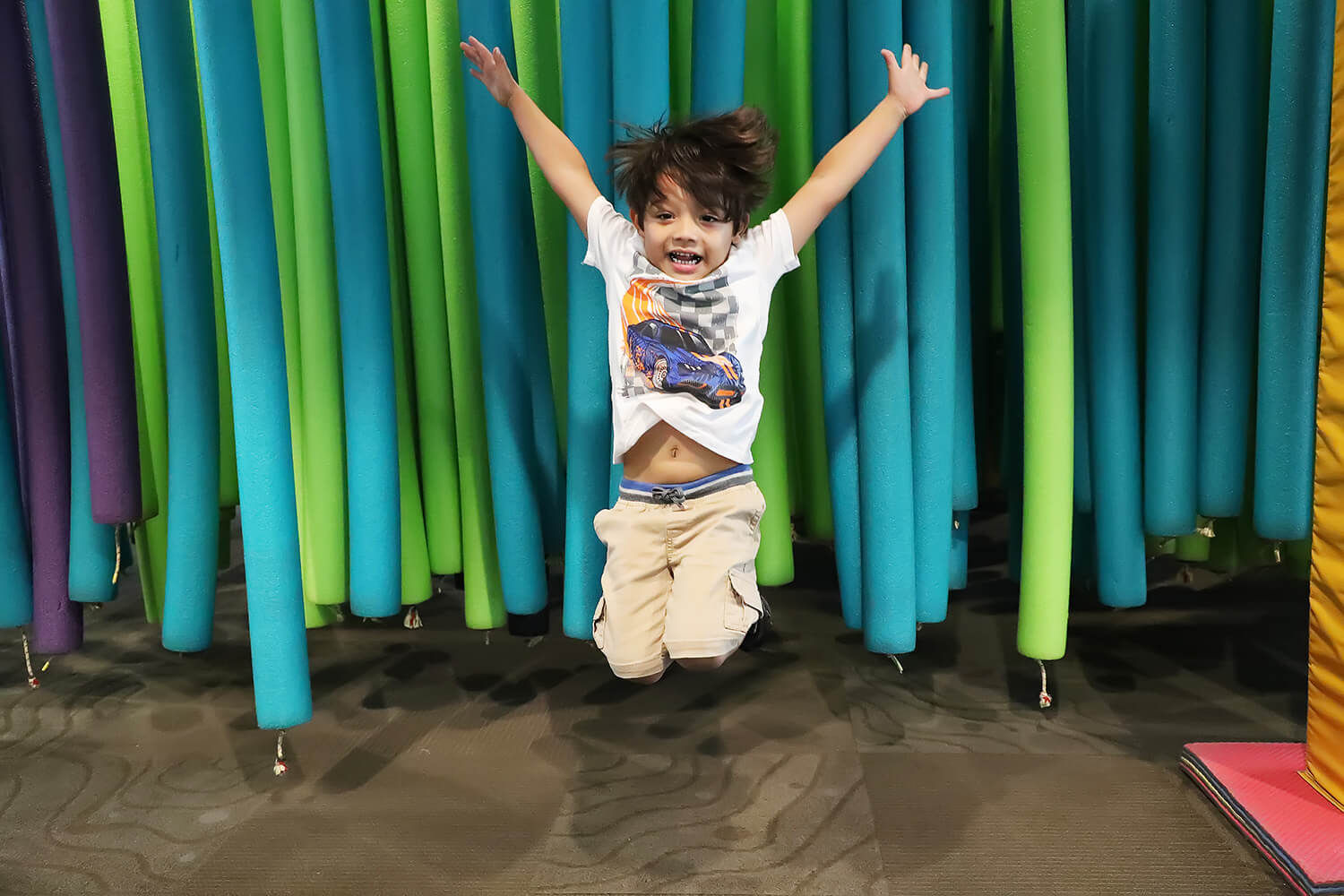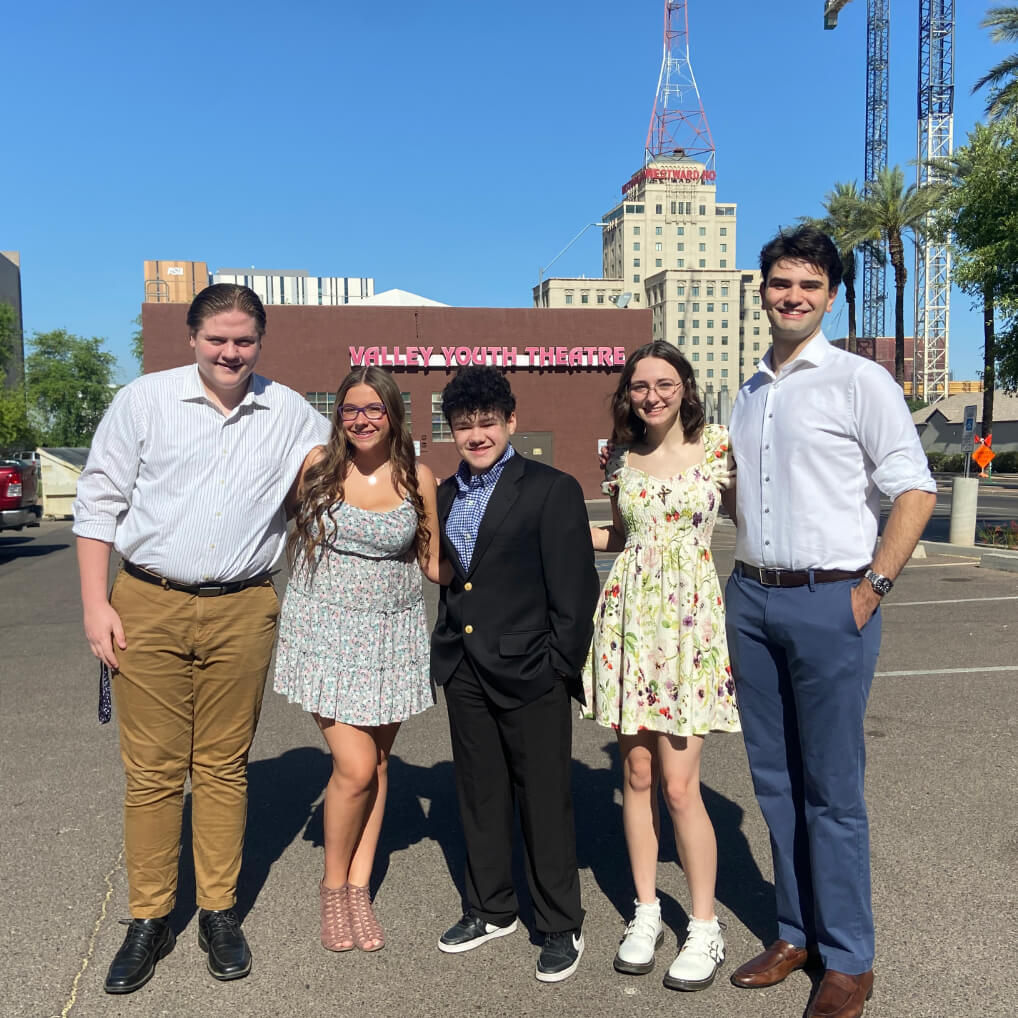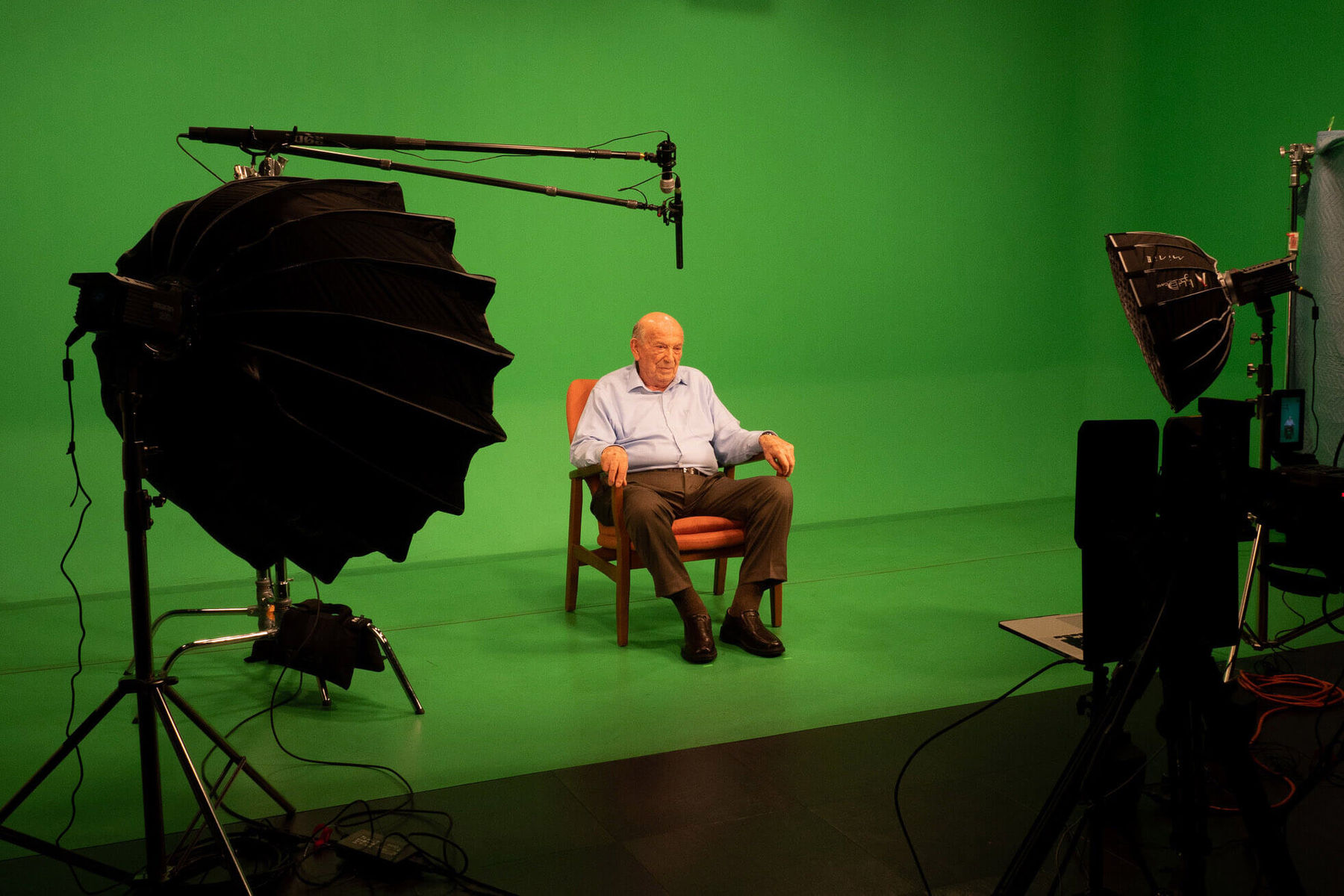Making Sense of the 2023 GO BOND Program
In November 2023, voters in the City of Phoenix approved the passage of a $500 million General Obligation (GO) Bond that prioritized enhancements to existing parks, libraries, and other infrastructure, further investments and additions to our affordable housing inventory, and other key city projects to prepare our fast-evolving city for the future.
The ballot prompts received upward of 60% approval per question. Most importantly, the last time GO Bond funding rejuvenated Phoenix was in 2006. That bond paid back the city’s initial investment and facilitated the build-out of ASU’s Downtown Campus into what it is today. Such planning is done with future growth in mind.
Of the $500 million, $143 million in non-site specific projects with critical infrastructure and rehabilitation needs are funded. And nowhere where those improvements will be evident than in Greater Downtown Phoenix, where approximately $53 million in projects are funded.
The first of these monetary disbursements occurs in July, seeding the beginnings of practical upgrades throughout the city. But how does that translate into tangible changes for the community?
Join Phoenix Community Alliance (PCA) as we translate numbers on a spreadsheet into a living, breathing road map of gradual change.

Broad Strokes of Greater Downtown Funding:
Multiple funding areas represent PCA’s advocacy Committee priorities, sprinkled throughout many projects.
In the Edison-Eastlake Community, gap funding (totaling $21M across two years) further enhances a prior HUD grant to develop and repair housing into a vibrant mixed-income neighborhood from a formerly distressed area. Similarly, at a citywide level, over three years, $32 million is assigned to fix and update the city’s existing affordable housing stock for future usage.
Funding also emphasizes modernizing select city facilities and delivering social services to adjacent Downtown areas. For the historic McDowell Senior Center, this includes full interior updates, from air conditioning, electrical, and plumbing to design elements ($1.7M, from 2024-7), while a separate new 12,600 square-foot senior center ($9.6M, from 2024-7) joins the existing Cesar Chavez Community Center site.
Lastly, $1M in historic preservation funding is earmarked annually through 2028-29 for city-owned properties, separate from the city’s Phil Gordon Threatened Building Grant fund.
While such funding doesn’t represent the most dramatic investments, it is more than substantive to the communities it serves.
Art & Culture Downtown:
The projects of bond funding cover a large swath of local culture, including its institutions and facilities.
For our Member’s cultural facilities below, the cumulative effect on the local art and culture community cannot be understated. The Children’s Museum of Phoenix, Phoenix Center for the Arts, and Valley Youth Theatre all benefit from funding to crystalize their visions of their facilities and future placemaking.
Funding comes at a key inflection point: The support is a long-term investment toward their institutions that guarantees their future here as a destination and economic driver.
* – denotes a PCA Member
Children’s Museum of Phoenix Expansion*:

Why it Matters: As a result of the 2001 bond election, the City of Phoenix purchased the former Monroe School to renovate into the Children’s Museum. Multiple years of fundraising and renovations allowed the museum to open in 2008, yet the museum has never activated the entirety of its facility for patron or staff use. Of the total 80,000 square-feet of museum space, only 27,000 square-feet are activated.
Previously unfinished rooms on its second and third floors expand the footprint into exciting new activations for young patrons. The funding covers the complete scope of work to transform their underutilized spaces, including structural, plumbing, electrical, and design. Eventually, the expansion will provide the means to entertain half a million children and families in a single year.
Key Quote: “We will finally realize the full potential of this magnificent space in bringing more learning experiences to more children and their families through the magical act of play. It also allows us to think of and create extraordinary exhibits and experiences that will raise our profile in the children’s museums landscape across the country,” said Marion Wiener, Children’s Museum of Phoenix’s Director of Marketing & Communications.
Phoenix Center for the Arts* Third Street Theater:

Why it Matters: The Phoenix Center for the Arts Third Street Theater last received updates in the late 1970s and is no longer fully optimized to attract some productions. Over the next year, almost $1.2 million in pivotal resources will bring the theater up to present-day technological standards to entice new students and show attendees alike.
Some upgrades to the 1931 auditorium (the former First Southern Baptist Church) will be more readily apparent to theatergoers, such as new curtains, seating, and an 8 ft. x 6 ft. digital marquee to advertise programming to traffic along Third Street. On the other hand, adding an updated green room, LED lighting, AV and sound equipment, and acoustic tiles make all the difference for potential production teams deciding to use the facility for shows.
Key Quote: “This funding allows us to allocate resources to support our teaching artists and nonprofit organizations that live and work in our buildings and to provide patrons with the theater experiences they deserve. We are now and will be an even brighter reflection of Phoenix’s belief in supporting arts and culture and the economic enhancement it brings to our wonderful city,” said Sandra Bassett, Phoenix Center for the Arts’ President and CEO.
A New Permanent Home for Valley Youth Theatre (VYT)*:

Why It Matters: The bond gives the Valley Youth Theatre resources to create a unique place tailored to them. The VYT facility, which has operated from its current location since 1999, was previously a Chevy dealership and hardware store. Over three years, essential allocations allow them to establish what land or preexisting site will become their new “place of permanence” in the City of Phoenix. Each year, every step in this creative process of relocating, from environmental studies to design and construction, brings their institution closer to shaping the next generation of adults.
Key Quote: “We know it’s a bit clichéd, but the children really are our future, and VYT has inspired young people to learn new things, take risks, and dare to dream, all in a safe and nurturing environment. City of Phoenix voters said ‘yes’ to investing in our future and ensuring we will be here for generations, inspiring the next Academy Award winners, Broadway performers, doctors, lawyers, rocket scientists, community activists, parents, and arts patrons.
Because of the GO Bond, we can finally bring our wonderful child-focused programs under one roof and truly make a place where they feel at home. Its passage ensures Phoenix is on the cutting edge of world-class cities by investing in life-improving programs, projects, infrastructure, safety services, and so much more,” said Bobb Cooper, Valley Youth Theatre’s Billie Jo & Judd Herberger Executive Producer.
Hance Park Revitalization:
The bond funding allocations toward the Margaret T. Hance Park Revitalization Project will help transform the park into a “great Downtown Park” goes toward a Phase 1 capital campaign.

Other Art & Culture Transformations:
These key PCA Member art and culture institutions aren’t the only important funded projects coming to Greater Downtown.
For this bond, they’re a combination of practical upgrades, such as allocated citywide funding to replace broken essential equipment like air conditioning (listed as “Cultural Facilities Critical Equipment Replacement” – $385K, from 2024-5), adding Americans with Disabilities Act (ADA)-accessible infrastructure to a facility, while other expenditures support the creation of new facilities entirely.
As a result, a sample of these funded projects in the next several years include:
- New Latino Cultural Center Home ($2.6M, from 2024-25 & $19.7M, from 2025-26)
-
- The funding assists the center in locating or renovating a dedicated new facility. The most recent costs are concentrated around the preliminary design phases, while construction and equipping the new space account for the subsequent expenses.
- Arizona Jewish Historical Society Renovation & Expansion ($1.9M, from 2024-25)
-
- Bond funding accentuates other funding to renovate and expand its Cutler Plotkin Jewish Heritage Center. A centerpiece of this expansion includes an interactive interview within a new Holocaust education center, drawing from 1000 pre-recorded answers, of local Holocaust survivor Oskar Knoblauch.
- Phoenix Theatre Company* ($5.7M, from 2024-25)
-
- In the year ahead, ADA accessibility will be integrated into a new rehearsal and administrative building for the theatre.
Although these allocations of money ostensively exist for now as numbers on a sheet, their impact will be tangible in the months and years ahead in the communities where they are invested. Periodic infusions of funds from voter-approved General Obligation (GO) Bond elections reflect the enormous pride within the communities.
These net gains make Downtown all the more remarkable, making it a place to thrive within our daily experiences.